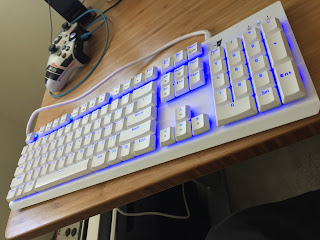Videogames won't become mainstream until there are fewer hardware-gates
Much of this is common sense, but it is worth reiterating. What is the biggest obstacle to videogames becoming mainstream? Cost. To play anything, from a mobile game to a AAA title, one needs an electronic device (hardware) to play the game (software). Not only is the hardware expensive, but it is a hassle to have to buy, and there are too many choices. Back when Nintendo reigned supreme, part of the reason was that there weren't many choices, at least in US. Sega Master System was a tiny blip on the radar; the NES owned the market. Nowadays, there are countless different smartphone-manufacturers, tablets, PCs, and the three traditional console-manufacturers: Nintendo, Sony, and Microsoft. To watch a movie, you only need money. You pay money for a ticket, and then sit down and watch. Let's round up and say a ticket is $15. To read a book, it's the same thing. You pay money for a book, and then you can read it. Let's say a paperback novel is $10. Let's say





